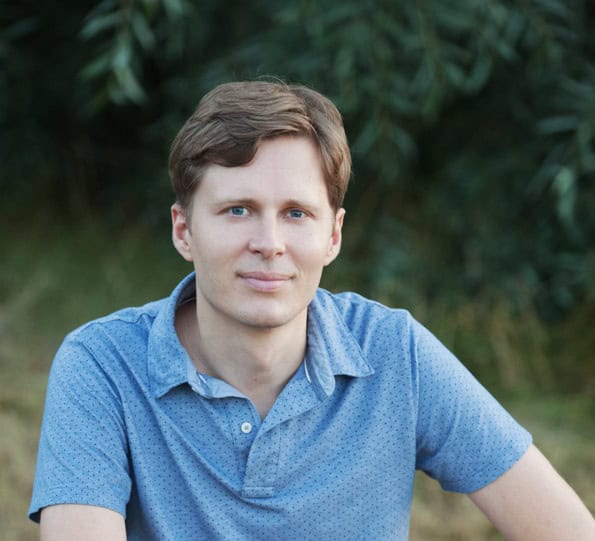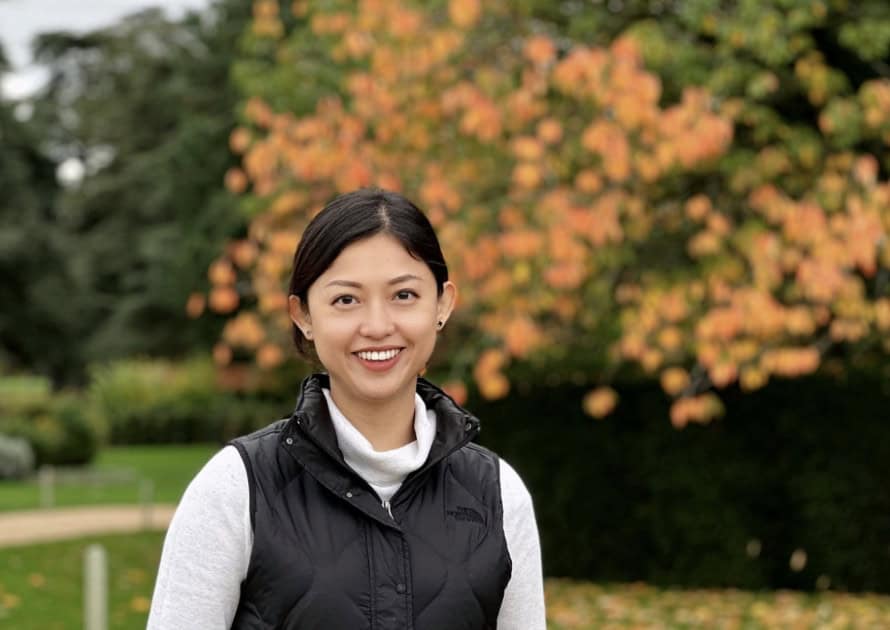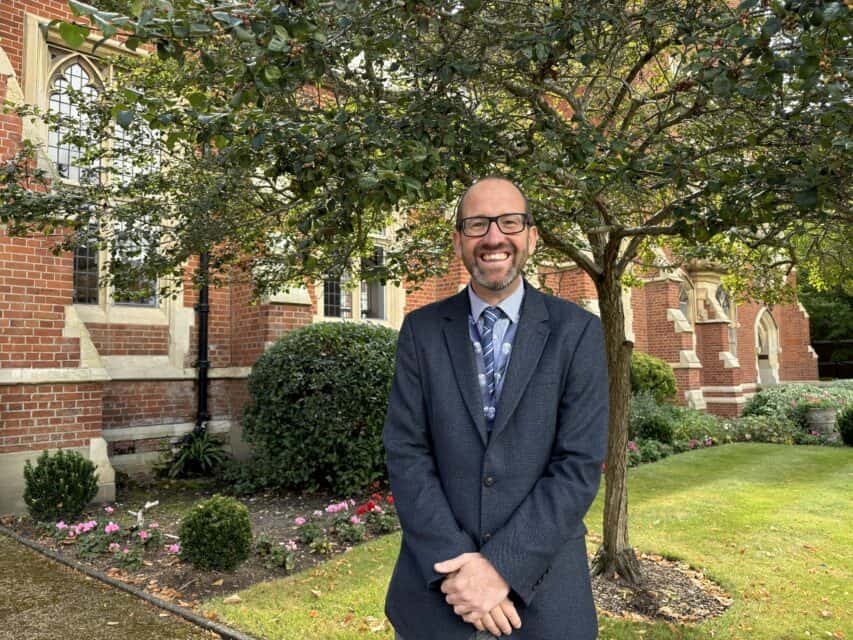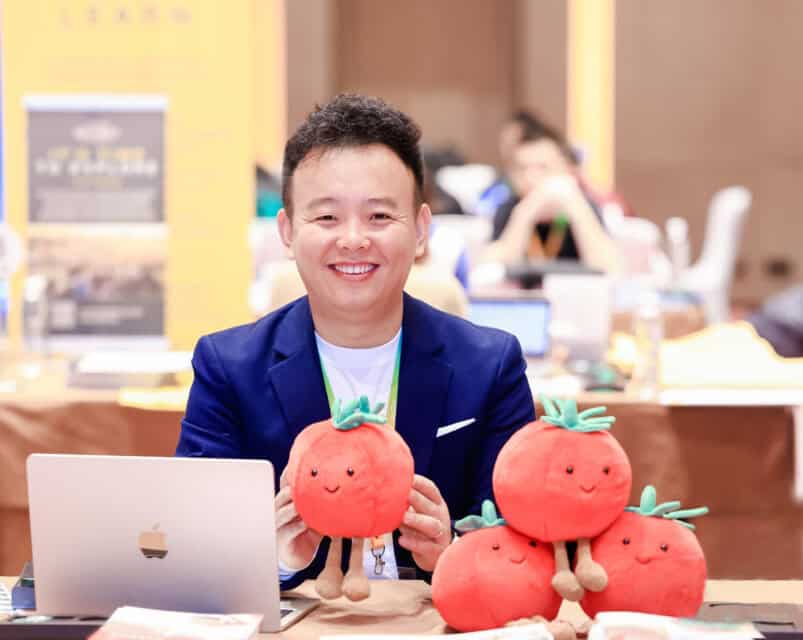Launched in 2011, Estonian-based is an admission management system that is gaining popularity with universities and governments across Europe. We sit down with co-founder Märt Aro to hear about how the system works and could be used as the national admissions platform for countries across Europe.
Сư�洫ý: Tell us about your background? How did you get involved in the industry?
MA: In 2000, I studied in Belgium because I was interested in the language and culture but really I learned about Estonian culture and myself and what’s important to me. At the time I was working in youth organisations focused on complimentary education but I had no idea how to make money out of it. After my experience in Belgium I felt studying abroad was something everyone should do.
“I studied in Belgium because I was interested in the language and culture but really I learned about Estonian culture and myself”
At the end of 2004 I was approached by a Danish university to help with their marketing so that’s when I established my first company.
Сư�洫ý: How did the idea of DreamApply come about?
MA: After a few years marketing for universities we developed our own CRM to manage all the students who were interested in studying abroad which ended up being the first prototype. Quite soon we saw that the biggest problem for the universities isn’t having good quality marketing campaigns, it’s interacting with the students in a proper way. In 2008 we started to prepare the system for universities. We were already familiar with the admissions in more than 100 universities thanks to our marketing background and we dedicated thousands of research hours to develop a streamlined system.
Сư�洫ý: So, DreamApply is a student admission platform but how does it work?
MA: We focus on the moment the student becomes interested in the university until the moment they step in the door, so we try to help universities process all areas of admissions. In the broad picture we’re helping with communications management, marketing management, admissions and enrolments management and third party management.
In our annual feedback meeting with Helsinki University they said they had 50% less administration work than the previous year thanks to the system we built for them.
Сư�洫ý: And how many partners do you have now?
MA: We have 82 systems running on the DreamApply platform.
Сư�洫ý: And because you’re an Estonian company, I assume more of your clients are from Eastern Europe?
MA: Mostly in Eastern Europe yes, but our most northern client is Helsinki University and from the West we have universities in Greece, Austria and Turkey.
Сư�洫ý: Tell me about how the platform helps students.
MA: Students need all the information nicely streamlined in one place and in the right sized package. If you give them too little information then they can’t make their decisions, if they get too much it’s overwhelming and they give up. We did a lot of research into what kind of information students needs to get in which stage of admission.
“If you’re a university who really wants to be international, but you fail three to five times along any of these contact points it’s very likely the student won’t come to you”
Сư�洫ý: How does the platform facilitate communications?
MA: Admissions people are overwhelmed by all kinds of things coming in to them starting with documents landing at different times and they need to somehow put them into the right folders. In a very normal process there can be 27 contact points but it can be even more in case the student has problems. This is all done as much as possible automatically.
Сư�洫ý: What types of contact does that include?
MA: They might ask for more information about a programme, then they might ask about costs and scholarships, then how to apply. Individually the questions are very simple and you don’t spend much time on each one but if you look at the whole package that needs to be gone through with each student it’s a lot of work.
If you’re a university who really wants to be international, but you fail three to five times along any of these contact points it’s very likely the student won’t come to you. Often universities think that recruitment ends with creating the offer letter, but it’s not true. After the offer letter you still need to keep in touch with the student to make sure they don’t feel deserted. It’s so obvious but so many universities fail to acknowledge what a normal human interaction should be.
Сư�洫ý: Do you think that’s because of a lack of resources or they really don’t know?
MA: I think they are very short on resources and also they just don’t think about it very much. If you haven’t studied abroad yourself, it’s very difficult to understand exactly what the person on the opposite side of the table feels.
Сư�洫ý: How do marketing managers use the system?
“If you haven’t studied abroad yourself, it’s very difficult to understand exactly what the person on the opposite side of the table feels”
MA: For them we have developed a bunch of tools focused on lead capture. They can know which kind of people are interested in studying in the university and would get their contacts into the database and then marketers can actively communicate with them if they want to. They can also manage leads from third party partners, like agents, and then leads from fairs or other events where you meet with potential students or potential applicants and through different types of online marketing.
Сư�洫ý: How else can universities include their agent network into the system?
MA: We have developed special access to the system so if the university wants to they can give certain agents special access to the system.
This can work for other external parties, like the ministry of education, who might want some reports which we can compile very easily. In Estonia we’ve collaborated with the ministry of foreign affairs so they can have special access to the system so they don’t need to get in touch with universities to check if the student actually has been accepted. So they could go faster through visa processing.
Сư�洫ý: How much does it cost?
MA: It’s typically based on the volume of students coming in. The less students you’re getting the less complicated system you need, but the minimum size to make building the system worthwhile is around 100. If you can manage things easier in Excel or Google docs then do that.
Сư�洫ý: You’ve already signed on to be the national admissions system in Estonia, are there any more talks to do something similar in other countries?
MA: Yes, quite a few countries have talked to us about this idea either through agencies or consortia. In Turkey for example 15 universities are discussing having a common system, and we’re also talking about this with Lithuania.
“I feel that our work is bringing real effect to the field and we’re helping universities become better”
Сư�洫ý: What gets you out of bed in the morning?
MA: That’s a complicated one. I love my job there’s no question about that. When I first started my career I gave about three seminars to young people about the possibilities of an international education and today we help probably 40 thousand people who are applying to study abroad.
So I feel that our work is bringing real effect to the field and we’re helping universities become better. There are about 400 million people across the globe who don’t have access to higher education at all and the global international student market is about 5 million so there is a lot of work to be done.



